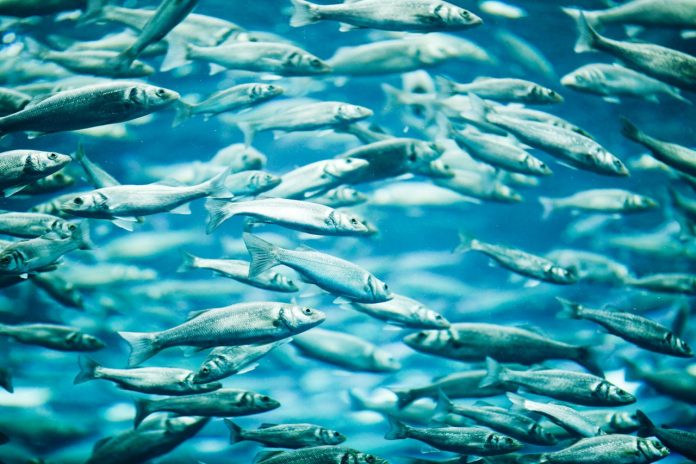There’s a lot of information out there about farmed fish and wild fish, especially when it comes to the advantages and disadvantages for the environment and sustainability. But which is better for your health?
Nutritional Benefits
When it comes to the differences in nutritional content of farmed vs. wild fish, there may not be as many differences as you think. When it comes to omega-3 fatty acids, it depends on the type of fish. Farmed salmon have slightly more omega-3 fatty acids than wild salmon, for example. Farmed arctic char, rainbow trout and oysters are also good sources of omega-3s.
In the case of salmon, wild salmon contains more potassium and selenium—but farmed salmon contains more folate and vitamin A. In trout, wild fish have more calcium and iron—but farmed trout have more vitamin A and selenium. Overall, the vitamin and mineral content is comparable between wild and farmed fish.

Contaminants and Antibiotics
Wild fish and farmed fish are raised in very different environments. This has a large impact on what goes into their system, and consequently, what goes into yours. Because wild fish spend so much of their lives swimming around open waters, they absorb any contaminants in the lakes, oceans or rivers in which they live. These potentially harmful contaminants can include mercury, pesticides, fertilizers, polychlorinated biphenyls and even trash.
While not all wild fish get contaminated by their surroundings, it’s impossible to know if the wild fish you’re eating contains anything unnatural. On the other hand, farmed fish is usually raised in a controlled environment free of the above contaminants.
However, that doesn’t mean that farmed fish are always free of additives. Some farms give their fish antibiotics to help ward off illness and treat disease. Although there’s nothing wrong with treating a sick animal, the problem occurs when people eat fish that have taken antibiotics. Antibiotics tend to stay in a fish’s system for most of their lives, so when you eat a fish that’s been treated, you’re also eating the antibiotics they’ve taken.

Luckily, not all farmed fish are given antibiotics. Ethical and sustainable farms like Regal Springs, a Tilapia producer, do not sell fish that have consumed any antibiotics, additives or chemicals. They guarantee that their fish are just that: 100% fish. By buying fish from farms like Regal Springs, you can rest assured you’re not getting any additives.
Fish Are What They Eat
While wild fish have access to a wider range of foods, not all of them are healthy. Certain species of wild fish consume food that is less than appetizing for humans. Eating farmed fish is a good way to avoid this: fish from farms like Regal Springs are fed a controlled, vegetable-based diet while they swim in floating pens, meaning they’re unable to scrounge for other food on lake floors. Check out the video below to see it in action!
When it comes to the safety of eating farmed vs. wild-caught fish, there’s no clear answer as to which is best. However, if you buy your farmed fish from producers that are committed to feeding their fish a healthy diet without the use of additives, you can be confident that you’re getting a tasty fish that is safe and nutritious, too.
Photo Credits: Yellowj / Shutterstock Inc., Vladislav Gajic / Shutterstock Inc., srisakorn wonglakorn / Shutterstock Inc.






